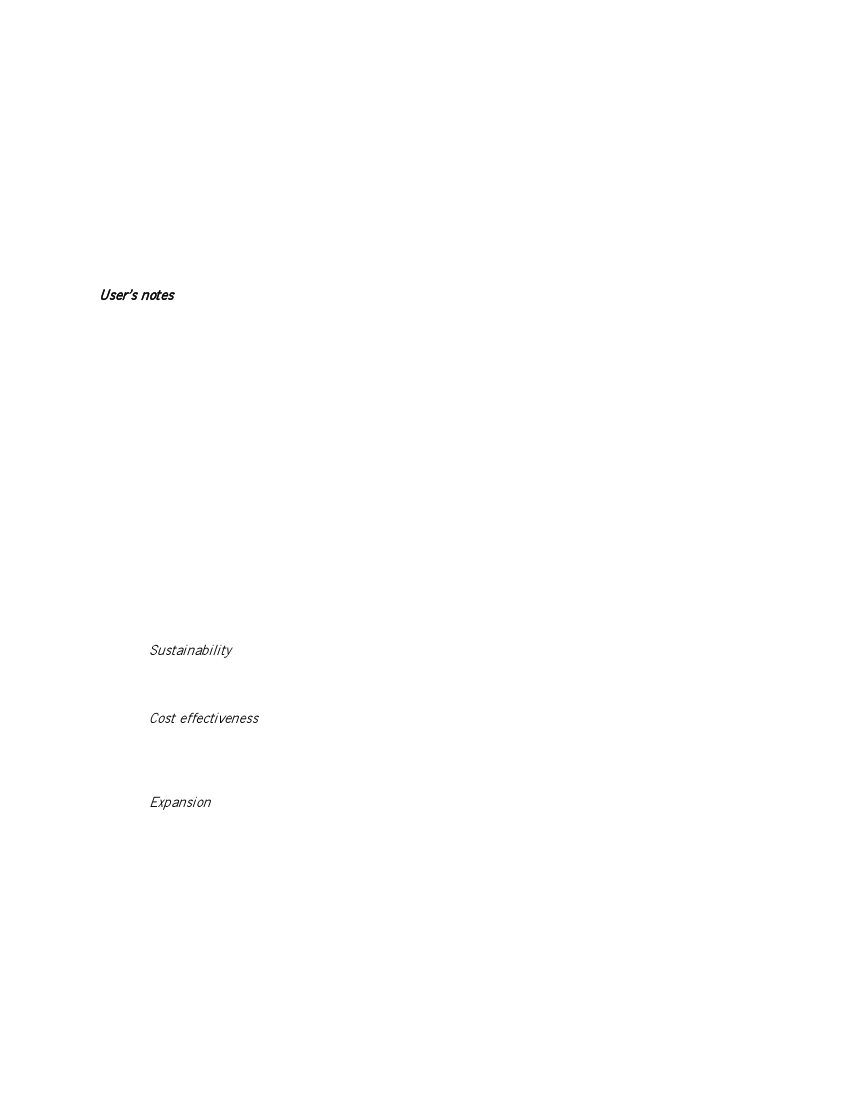
Time: 4 hours
Method and content
• Guide participants to define what they understand by commercialization
• Identify different actors and tools involved in the process of commercializing energy technologies
• Discuss factors which should be considered when commercializing energy technologies in groups.
• Identify strategies for defining the market and customers
• Identify the methods of marketing which can be undertaken in the community in order to ensure
successful dissemination
• Discuss the limitations that might make promotion difficult
User’s notes
Use practical examples of marketing strategies employed in marketing other products.
What is commercialization?
It is a process of introducing competitive trading activities to a project. In general therefore,
commercialization of stove projects is the process by which project staff assist in producing and selling
stoves in order to make money. As a result, entrepeneurs produce and sell stove technologies at their own
risk in a competitive market. A market of buyers and sellers is established when there is an on-going
demand for stove technologies which producers and sellers are able to meet. Commercial “take-off” is
achieved when production and sales continue or expand on their own accord without intervention from
project staff.
Characteristics of a commercialized stove project
• Households obtain stove technologies from a commercial seller
• Technology purchasers pay full price, which covers cost of production, transport and mark-ups for
profit
• Producers distributors and retailers act according to their own assessments of profit and risk
• Activities are driven by demand for the stove technologies
Advantages of commercialization
• Sustainability
If commercialization works, dissemination of stove technologies will continue after support from
development agencies is over.
• Cost effectiveness
Development agencies can increase the import of their resources by making use of activities and
drive of the public sector. The sellers will continue to disseminate the technologies in future years
without additional input from the project.
• Expansion
o If demand is high, the prospect of continuing profit will motivate greater production and
supply
o If the project is responsive to users’ needs the stoves will not only be acceptable to them
but will be sought resulting in good sales
o Users of energy technologies can choose when and where to buy, and can insist on high
quality goods.
Disadvantages of commercialization
• Possible loss of control over quality and benefits, as the project is less able to monitor and
supervise how people benefit from stoves. Market forces may lead to new designs that are less
efficient.
38